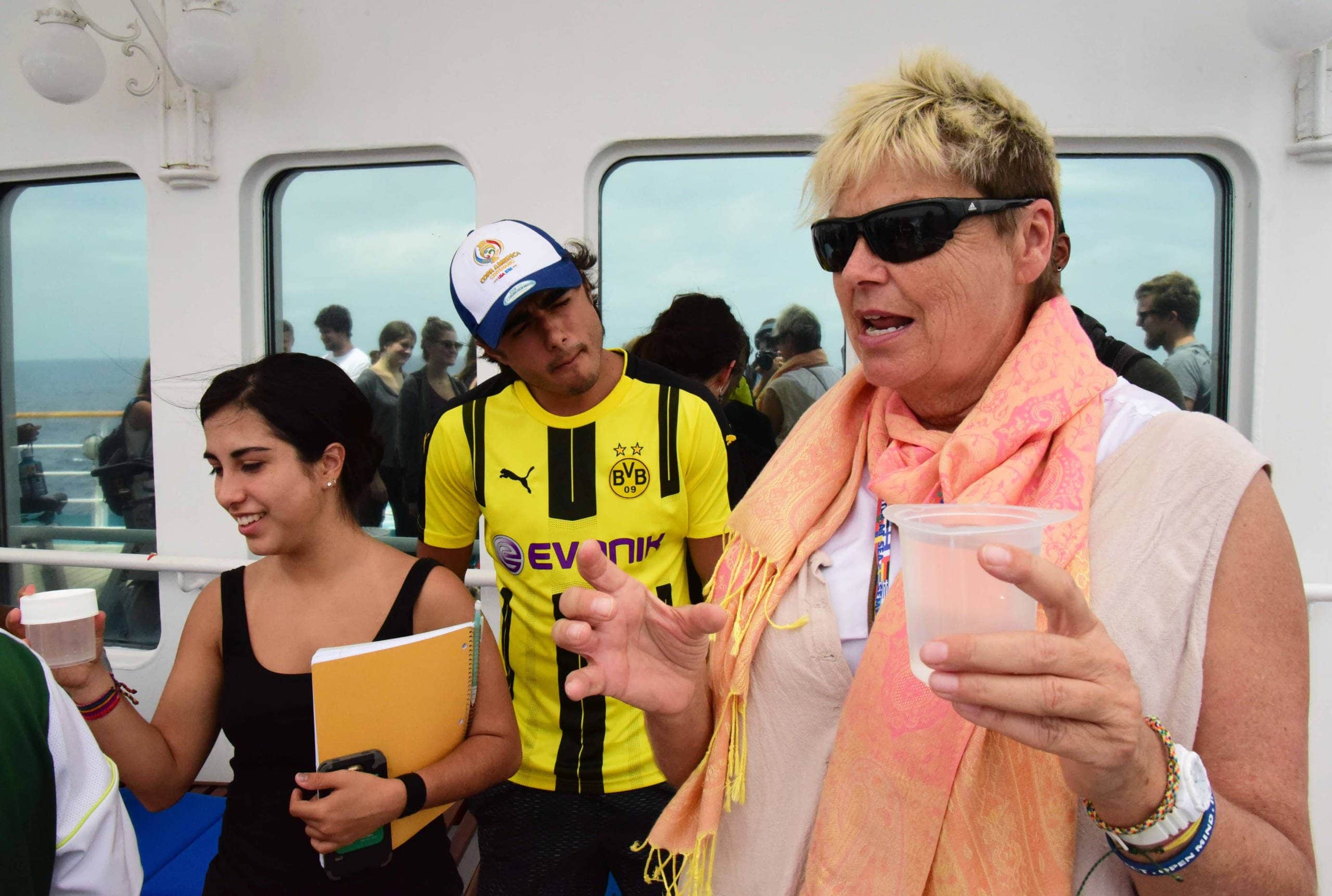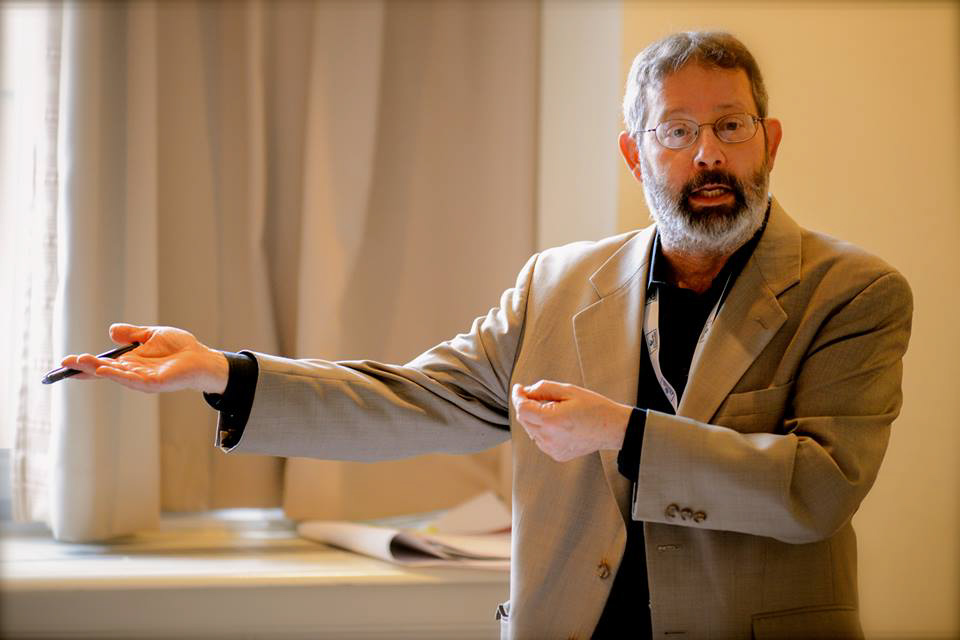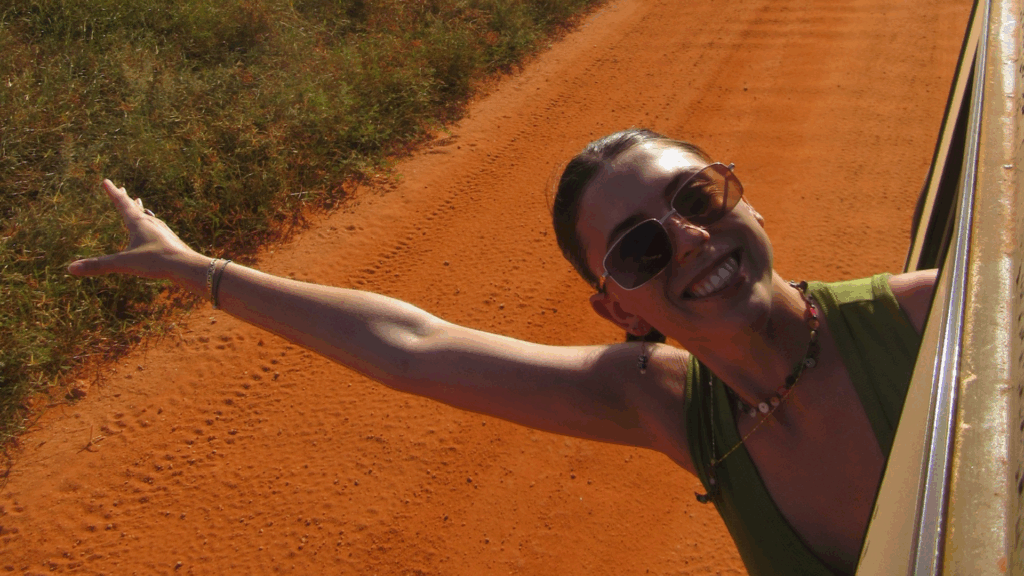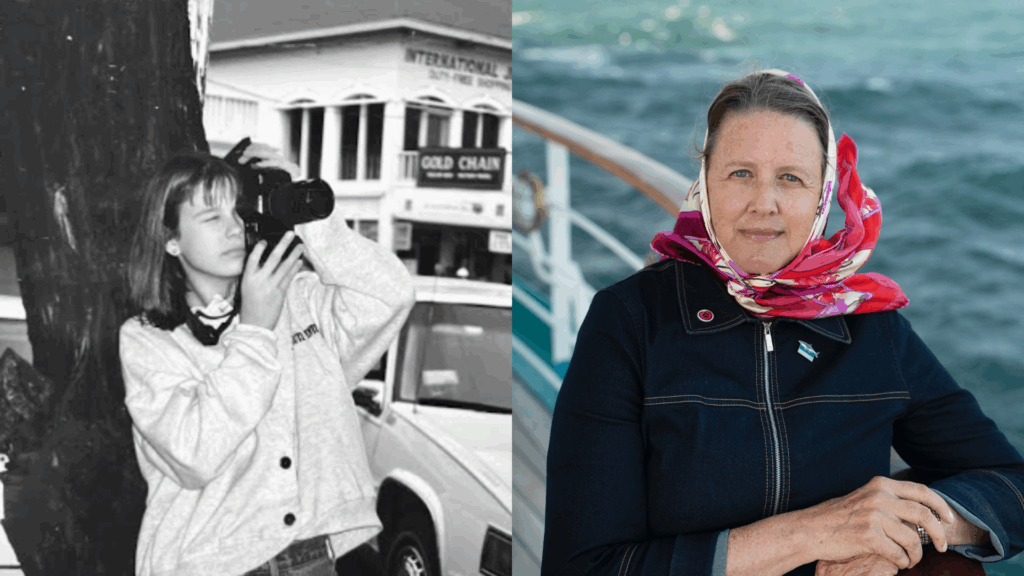Just as a Jane Goodall surrounded herself with chimpanzees to further her research, Dr. Ursula Quillmann of Colorado State University is immersing herself in her subject matter. Quillmann is gathering aquatic samples onboard the Spring 2017 Voyage, and she is sharing the workload with students to create hands-on educational opportunities, the likes of which can only be found with Semester at Sea.
Quillmann and her students are taking water samples from the many different seas the MV World Odyssey traverses. According to Voyager Roumany Phan of the University of St. Thomas, the goal is to examine the different sediment compositions and organic species present in each ocean sample.
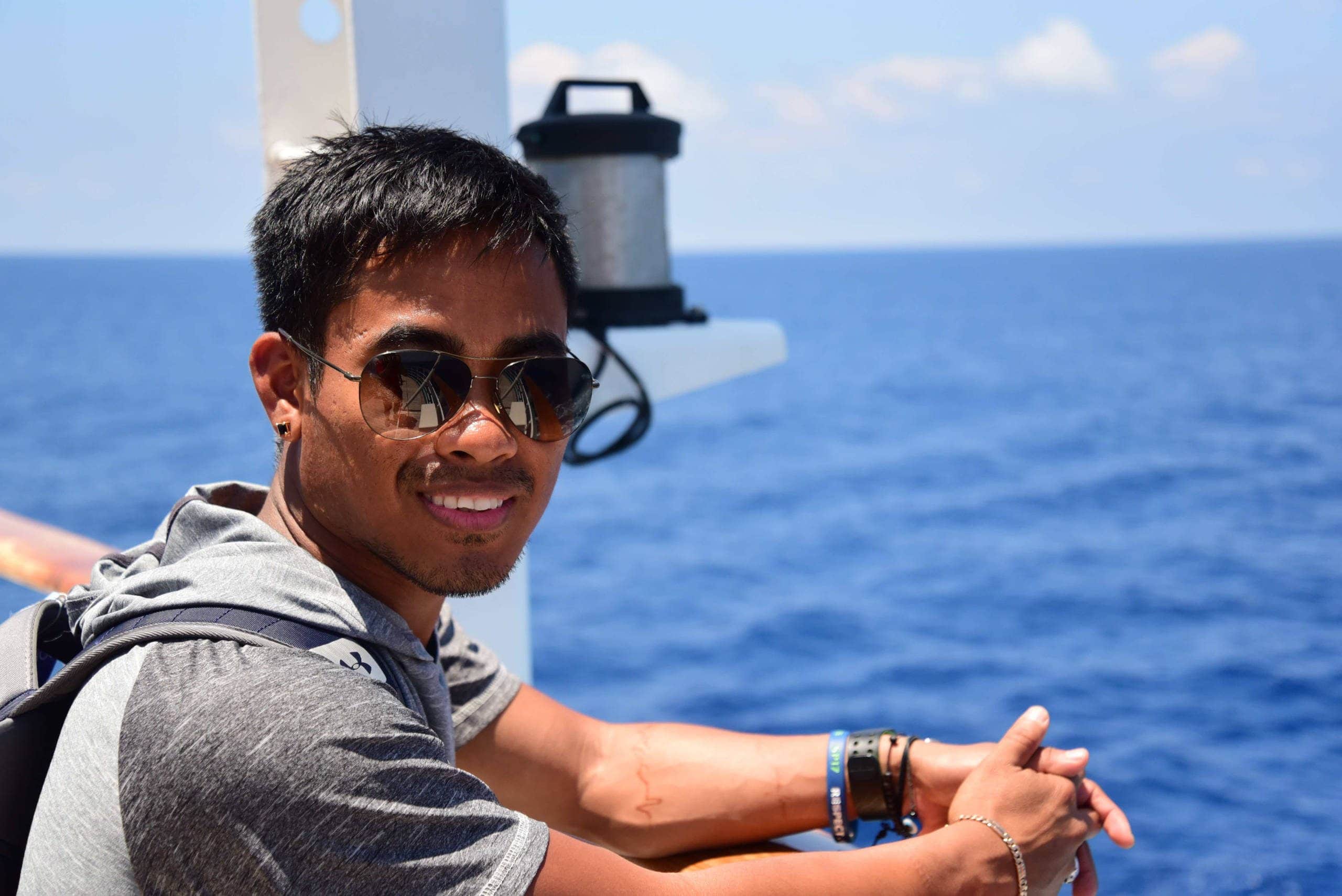
“Every time we run into a different location, depending on how close we are to the shore, the ocean has a different composite of nutrients and proteins,” Phan said. “We’re hoping to see how diverse are the plankton and the nutrients, because everything in the ocean combines different elements and different nutrients.”
The sampling began during the trek from Japan to China, where the dark blue colors of the sea indicated a low composite of nutrients and biodiversity versus the murky brown waters of the East China Sea or the turquoise waters of the Strait of Malacca.
“When the water is really clear and blue it means there is very little biological activity taking place,” Quillmann said. “We’re going to see less plankton here. Other ocean basins we came through, like the Andaman Sea and the East China Sea, had a lot of sediments. They were a tannish color, and there we’re going to find more sediment particles, but also more plankton.”
In order to gather water samples, Quillmann has been deploying a plankton tow net.
“Originally, I used a plankton tow net with a mesh size of one millimeter to look at the plankton,” Quillmann said. “The crew is wonderful and the bosun (Petty Officer) built me a great catcher for the water samples. However, we found that students and the shipboard community are more intrigued by visible plankton. The bosun and I converted another small plankton net (mesh size five centimeters) into a plankton tow.”
In conjunction with the plankton findings, students in Quillmann’s Oceanography courses are tasked with observing sea conditions every day of the voyage. For Colorado State University student Evan Smith, the class has made him more aware of the impact humans have on the environment.
“We’re making observations of the different kinds of waters we come across in each country,” Smith said. “For example, we’re observing how sand barges are collecting huge deposits of sand from the oceans nearby the coast and are selling them to other countries across the world. It’s damaging the ocean floors.”
The date students gather will be organized and put together into CSU’s Interactive Geospatial Centroid Map after the voyage ends. Quillmann hopes that her research will be continue during future Semester at Sea voyages.
“My goal is to set up a sampling site for Semester at Sea so future voyages can sample at different seasons and then we’ll be able to compare,” she said.
